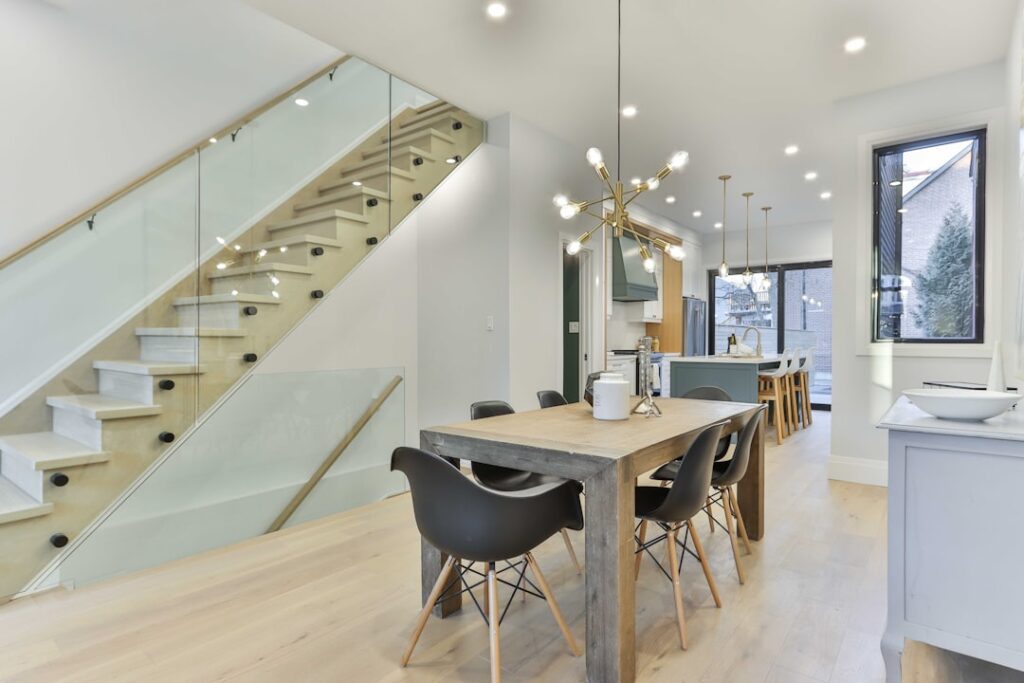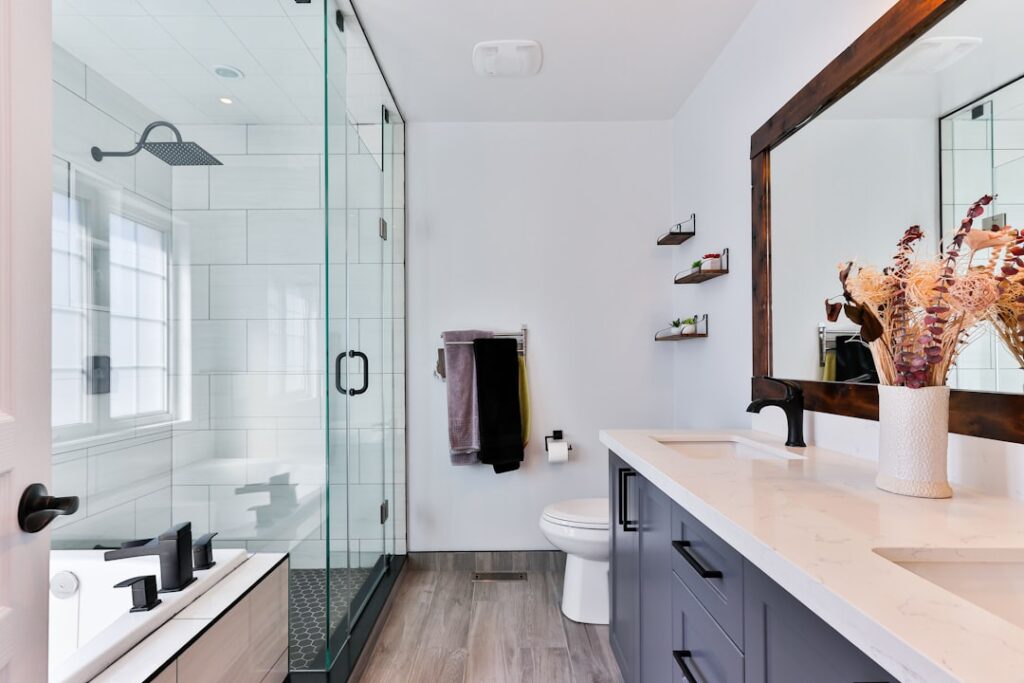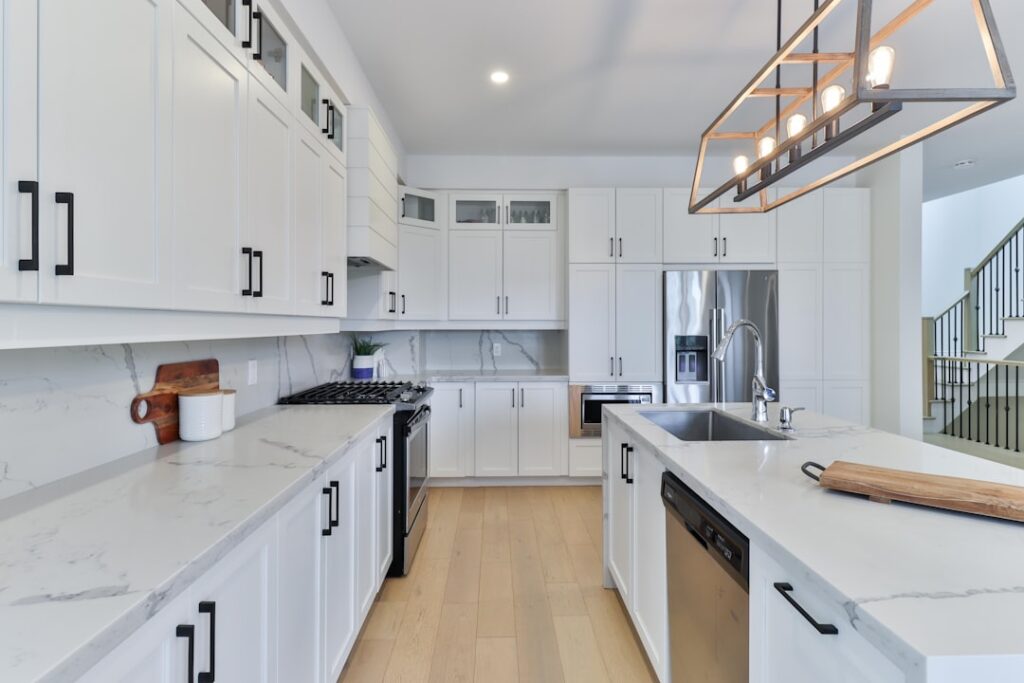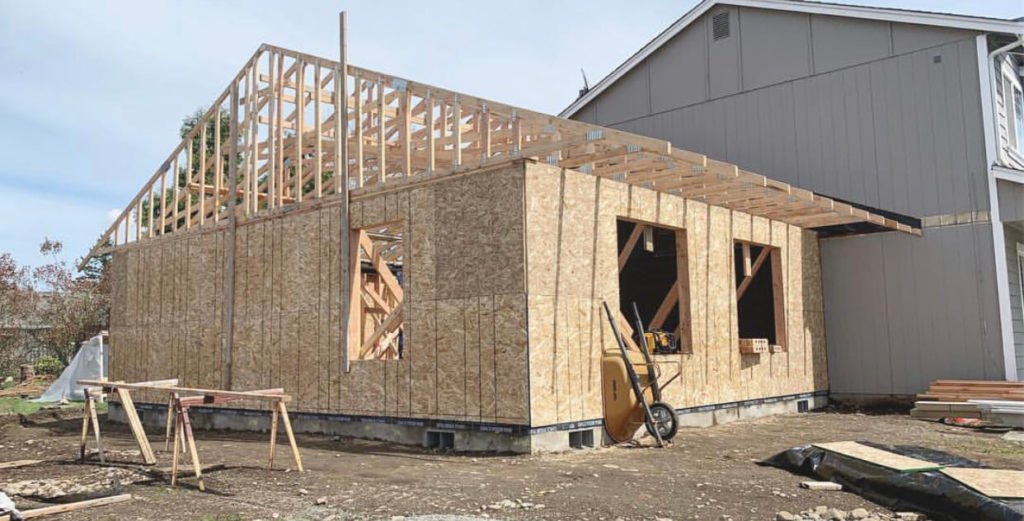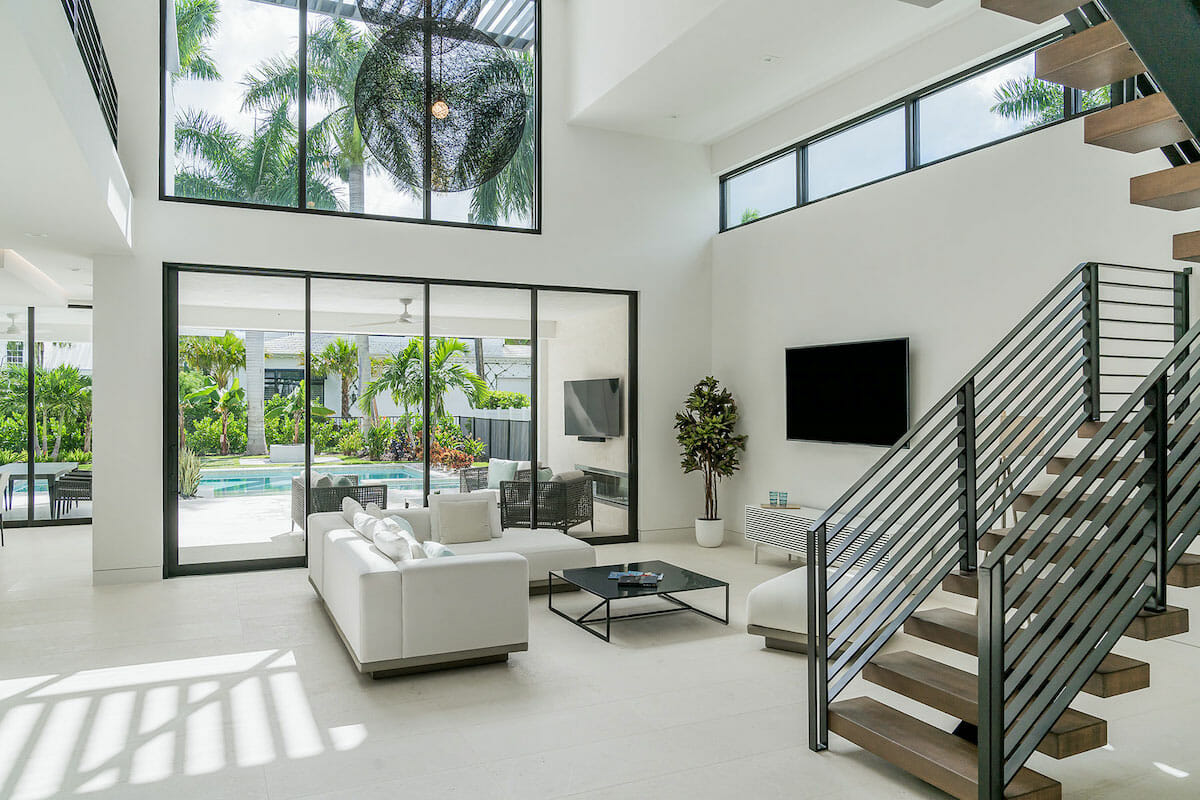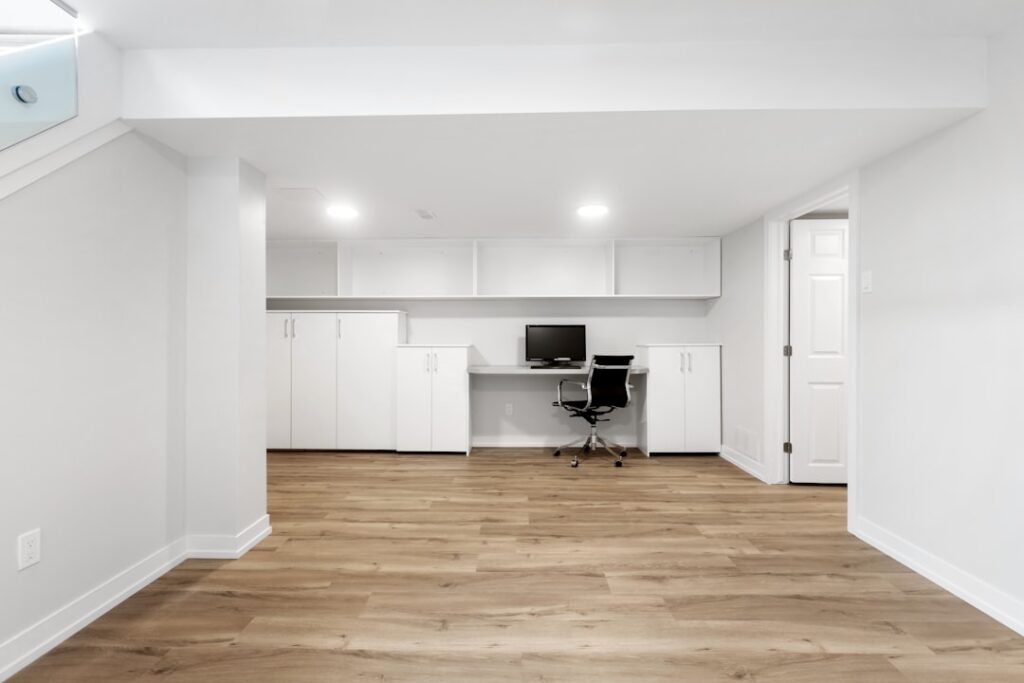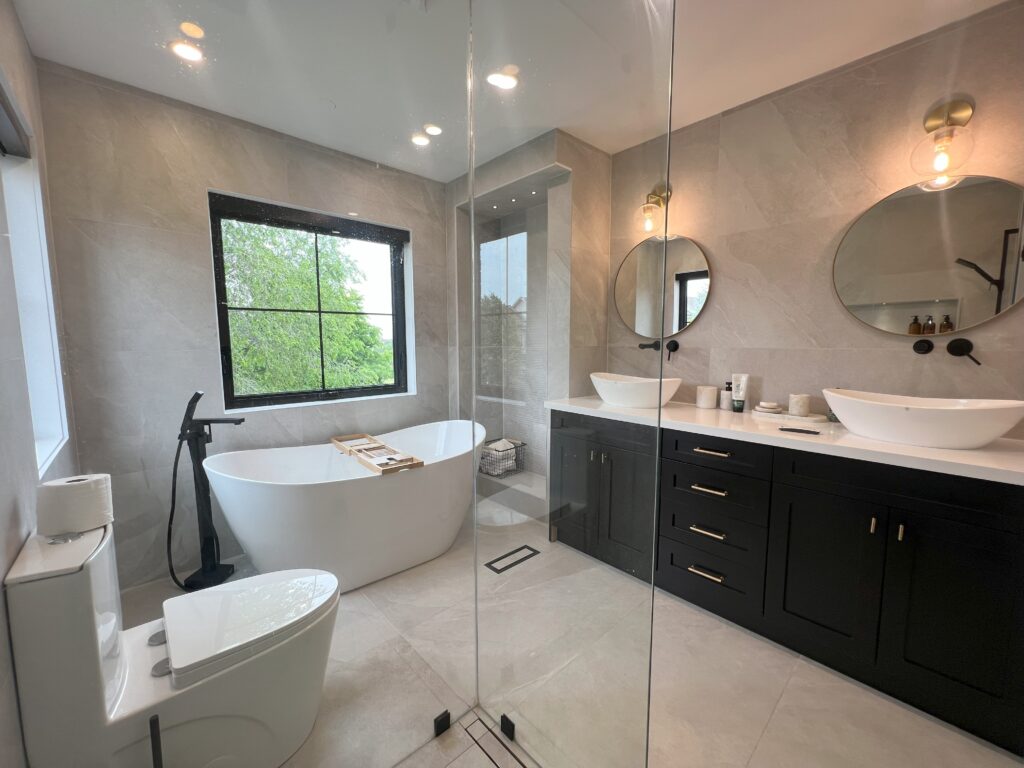Color plays a pivotal role in defining the character and feel of your home. The right color choices can enhance your space’s aesthetic appeal, influence your mood, and even improve the functionality of different areas. In this post, we’ll explore how to choose the perfect colors for your home renovation, providing insights and practical tips to help you create the perfect ambiance in every room.
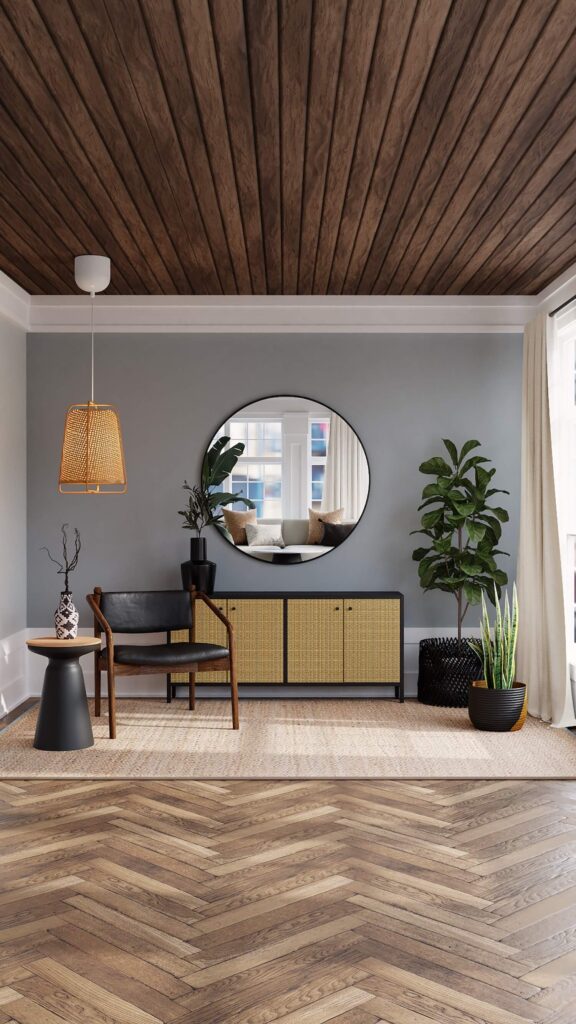
Understanding Color Psychology
Understanding color psychology is essential when embarking on a home renovation. The colors you choose can evoke specific feelings and set the mood for each room. Here’s a deeper dive into the emotional impact of various color families:
Warm Colors
Warm colors like reds, oranges, and yellows are known to create inviting and energetic spaces. They can stimulate conversation and make a room feel cozy, making them ideal for living rooms and dining areas. However, it’s essential to use these colors thoughtfully; too much warmth can overwhelm a space.
- Best Uses: Living rooms, kitchens, and dining areas.
- Tips: Consider using warm colors in moderation, perhaps on an accent wall or through decor items, to avoid overwhelming the space.
Cool Colors
Cool colors, including blues, greens, and purples, are calming and serene. These hues can make a space feel more expansive and are perfect for creating tranquil environments, ideal for bedrooms and bathrooms.
- Best Uses: Bedrooms, bathrooms, and spaces meant for relaxation.
- Tips: Use lighter shades of cool colors to maintain an airy feel, or incorporate darker shades for a more dramatic effect.
Neutrals
Neutral colors—whites, grays, beiges, and taupes—provide a versatile foundation that can complement any style. They can help create a clean backdrop for bolder colors and textures, allowing you to change decor without needing to repaint.
- Best Uses: Hallways, living areas, and as base colors throughout your home renovation.
- Tips: Pair neutrals with accent colors to introduce vibrancy without overpowering the space.
Assessing Your Space for Home Renovation
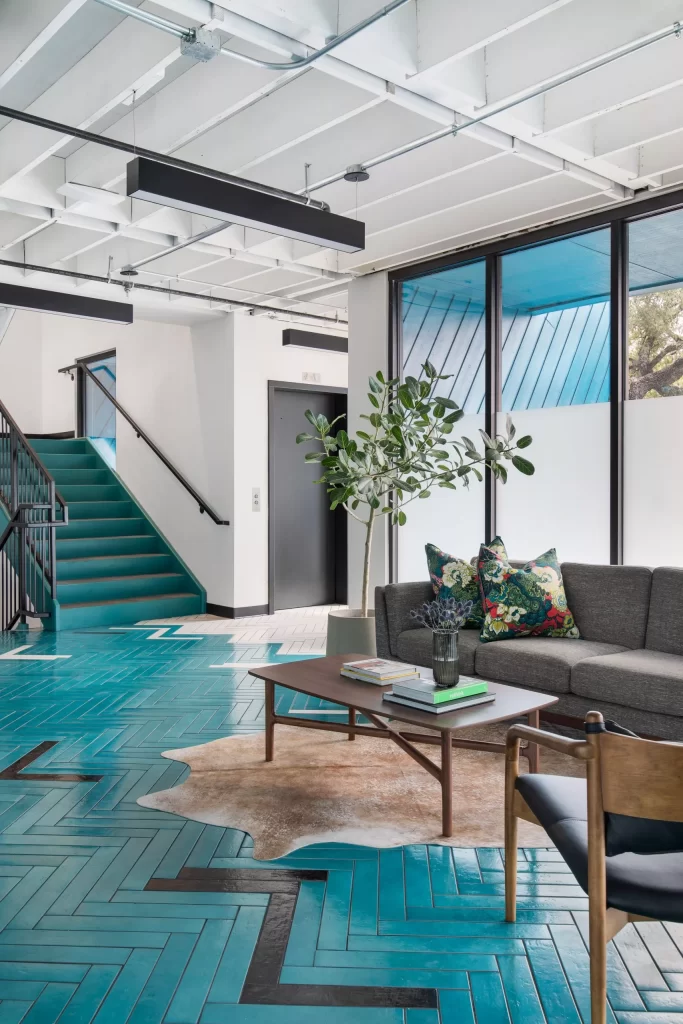
Before you start picking paint swatches, it’s crucial to assess your space and consider several factors:
1. Natural Light
The amount of natural light each room receives can significantly affect how colors appear:
- Bright Rooms: Rooms with abundant sunlight can accommodate richer and darker colors, as the light will soften their intensity.
- Dimly Lit Rooms: In spaces that lack natural light, consider using lighter shades to prevent the area from feeling gloomy. Light pastels or bright whites can help illuminate these spaces.
2. Room Size
The size of the room dictates how colors should be applied:
- Small Rooms: Lighter colors can create an illusion of space, making small rooms feel larger. Soft whites, pale blues, or light grays can work wonders.
- Large Rooms: For expansive areas, don’t shy away from bolder colors. Rich jewel tones or warm earth tones can add coziness to larger spaces.
3. Existing Elements
Take stock of your home’s existing features:
- Flooring and Fixtures: Consider how your color choices will complement existing flooring and fixtures. For instance, dark wood floors might look striking against warm cream or light gray walls.
- Furniture and Decor: Ensure that your chosen colors harmonize with your furniture and decor items. Use accent colors that tie in with existing pieces for a unified look.
Creating a Color Scheme for Your Home Renovation
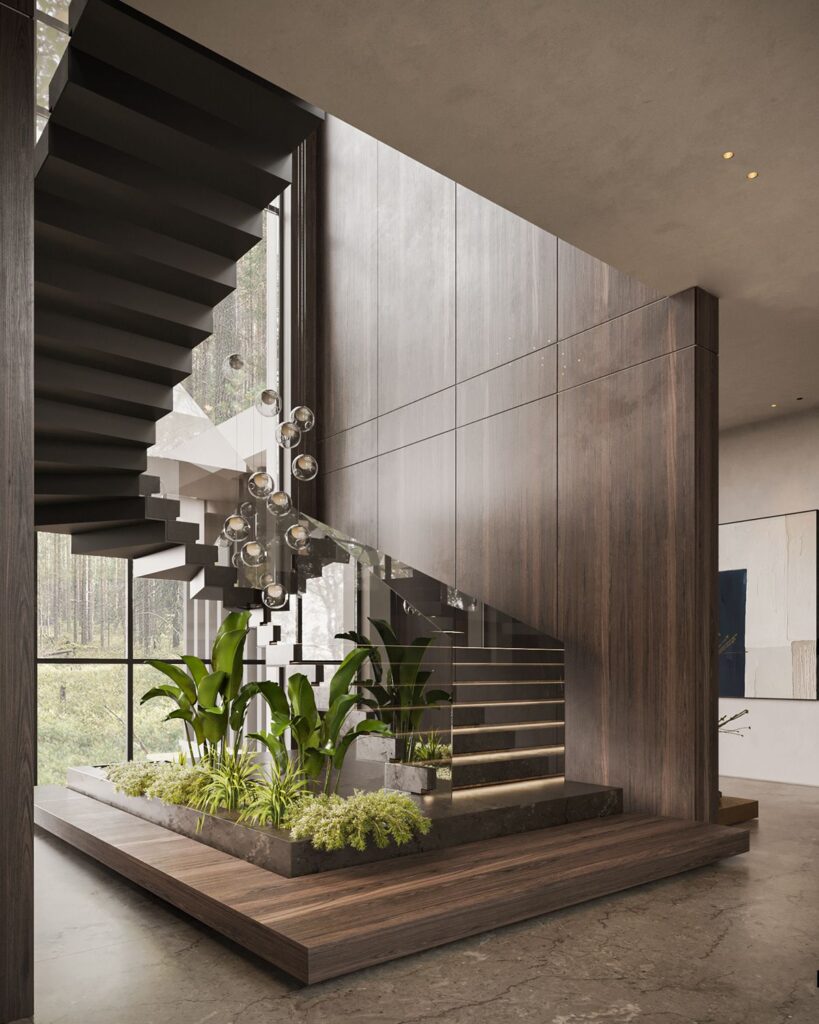
Once you’ve assessed your space, it’s time to create a cohesive color scheme for your home renovation. Here are some popular approaches to consider:
1. Monochromatic Color Scheme
Monochromatic schemes involve using various shades and tints of a single color. This method creates a sophisticated and unified look, especially in a home renovation.
- Example: For a calming effect, consider various shades of blue, from a pale sky blue on the walls to navy accents in furniture or decor.
2. Analogous Color Scheme
An analogous color scheme uses colors that are adjacent on the color wheel. This approach is harmonious and pleasing to the eye.
- Example: A combination of soft greens and yellows can create a fresh, inviting atmosphere, perfect for a kitchen or sunroom.
3. Complementary Color Scheme
Complementary colors are opposite each other on the color wheel and create a striking contrast.
- Example: Pairing teal with coral can bring vibrancy to a living room or entryway, making it feel lively and welcoming.
4. Triadic Color Scheme
A triadic scheme involves using three colors that are evenly spaced around the color wheel, offering balance and visual interest.
- Example: A palette of red, yellow, and blue can create a playful and energetic atmosphere, ideal for a children’s playroom or creative space.
Practical Tips for Selecting Colors
1. Consider the Flow
In a home renovation, the flow between rooms is crucial. Choose colors that complement one another to create a seamless transition from one space to another. This approach is particularly effective in open-concept layouts.
2. Use Neutrals to Ground Your Space
While bold colors can create impact, neutrals can help ground your design. Use neutral tones for larger areas—like walls and floors—and reserve brighter colors for accents in decor and furnishings. This balance ensures your space remains stylish yet approachable.
3. Test Before You Commit
Never underestimate the importance of testing paint colors in your space. Purchase sample pots of your selected colors and paint small sections of your walls. Observe how they look in different lighting conditions throughout the day to make an informed decision.
4. Stay True to Your Style
Your home should reflect your personality. Choose colors that resonate with you, even if they are unconventional. Trust your instincts and don’t feel pressured to follow trends if they don’t align with your vision.
5. Plan for Resale Value
If you plan to sell your home in the future, consider using neutral colors that appeal to a broader audience. This strategy will allow potential buyers to envision their style in the space while still allowing you to incorporate personal touches in less permanent areas.
Color Tools for Home Renovation
Take advantage of the following tools to aid in your color selection process:
1. Color Wheel
A color wheel is a fundamental tool for understanding color relationships and can help you identify complementary or analogous colors.
2. Paint Samples
Testing paint samples is one of the best ways to ensure you love a color before committing. Apply swatches on your walls and observe them at different times of day.
3. Online Visualizers
Many paint companies provide online tools that allow you to upload a photo of your room and virtually paint the walls with different colors. This feature can give you a good idea of how your color choices will look in your space.
Creating Focal Points with Color
Incorporating color strategically can enhance focal points in your home renovation. Here’s how to do it:
1. Accent Walls
An accent wall can add drama and interest to any room. Choose a bold color for one wall while keeping the other walls in a neutral tone to create a striking focal point without overwhelming the space.
2. Colorful Trim and Molding
Painting trim, doors, or molding in a contrasting color can highlight architectural details and add character to your home. This technique works well in both traditional and modern homes.
3. Statement Furniture or Decor
Incorporate colorful furniture or decor elements to infuse personality into your space. Use bold colors in accent pieces, such as cushions, rugs, or art, to create visual interest without committing to an entire wall.
Avoiding Common Color Mistakes
When choosing colors for your home renovation, avoid these common pitfalls:
1. Choosing Trends Over Timelessness
It’s essential to be inspired by trends, but remember that color preferences can be personal and subjective. Opt for hues that resonate with you rather than following fleeting fads.
2. Overlooking Lighting
Always consider how lighting will impact your color choices. A color may appear entirely different in the store than in your home due to variations in natural and artificial light.
3. Ignoring the Bigger Picture
Don’t select colors in isolation. Consider how they will fit into the overall aesthetic of your home. Ensure consistency throughout spaces to maintain a harmonious look.
4. Forgetting about Maintenance
Some colors, particularly lighter ones, may require more frequent touch-ups and cleaning. Consider the maintenance of your chosen colors in high-traffic areas, like kitchens and entryways.
Conclusion
Choosing the right colors for your home renovation is a crucial step in creating a space that reflects your style and meets your needs. By understanding color psychology, assessing your space thoughtfully, and utilizing effective color schemes, you can transform your home into a harmonious and visually appealing sanctuary.
Remember to take your time during the selection process, test your colors, and think about how they interact with each other across different spaces. With careful planning and a bit of creativity, you’ll create a stunning home that you’ll love for years to come.
Final Tips for a Successful Home Renovation
- Engage with Professionals: If you’re feeling overwhelmed, consider consulting with an interior designer. They can provide valuable insights and help you create a cohesive color scheme.
- Stay Flexible: Be open to change during your home renovation journey. Sometimes, colors may not work as expected, and being adaptable will help you make the best decisions.
- Document Your Choices: Keep a color journal of your selections, along with the specific brands and shades used. This can be helpful for touch-ups and future renovations.
By following these guidelines, your home renovation will not only look beautiful but also feel like a true reflection of your personality and lifestyle.
✓ Trusted quality
✓ professionalism
✓ Strong Reputation
Experience excellence with Toronto’s top general contractor for quality and professionalism .

Looking to get a quote on your next home renovation project?
Call us todat at 6474504466 to start a free consultation
Latest Posts
The latest stories, exclusive insights, and special offers.
-
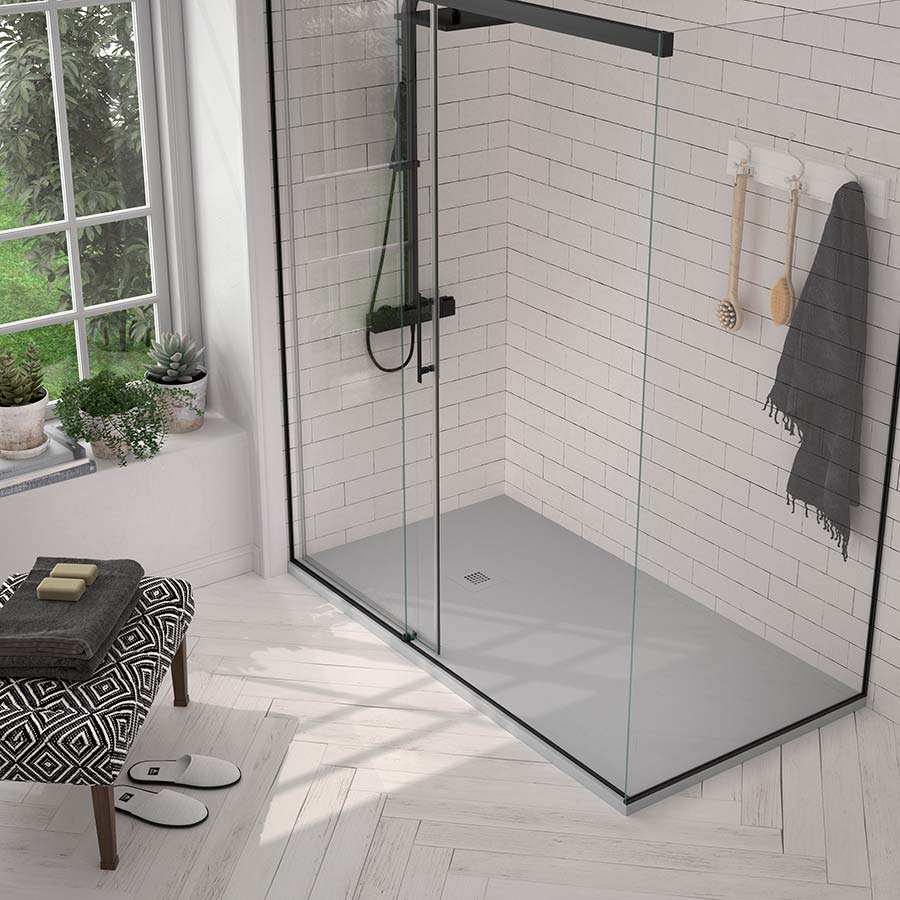
The Complete Guide to Shower Pans: Types, Installation, and Maintenance Tips
-
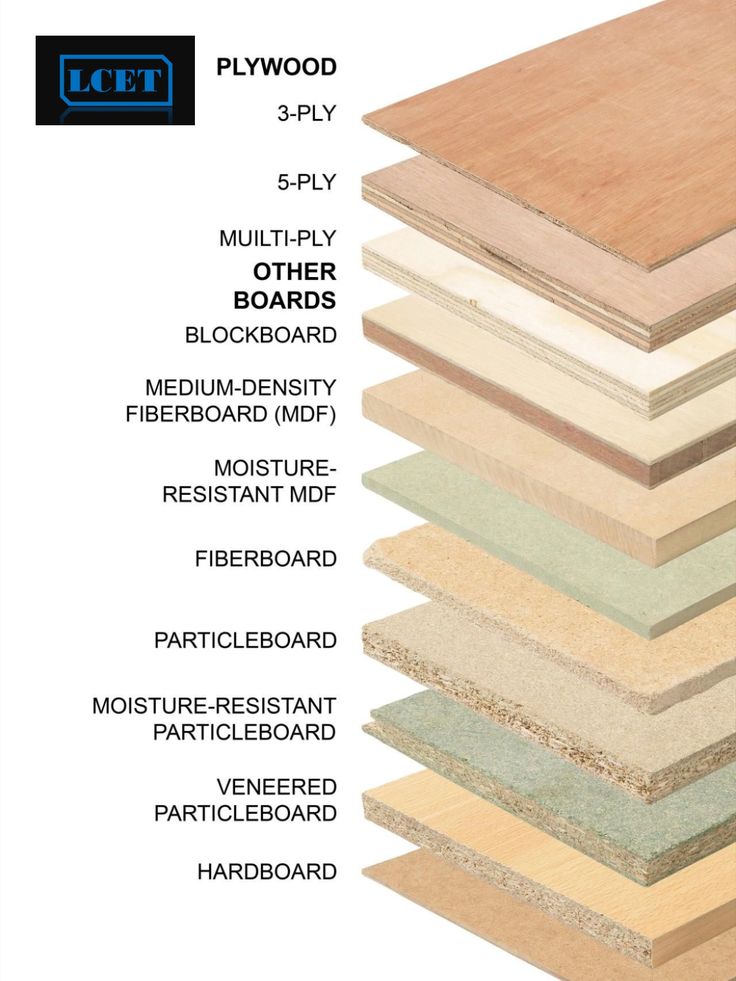
The Ultimate Guide 2025 to Different Types of Plywood: Uses, Benefits, and Choosing the Right One
-
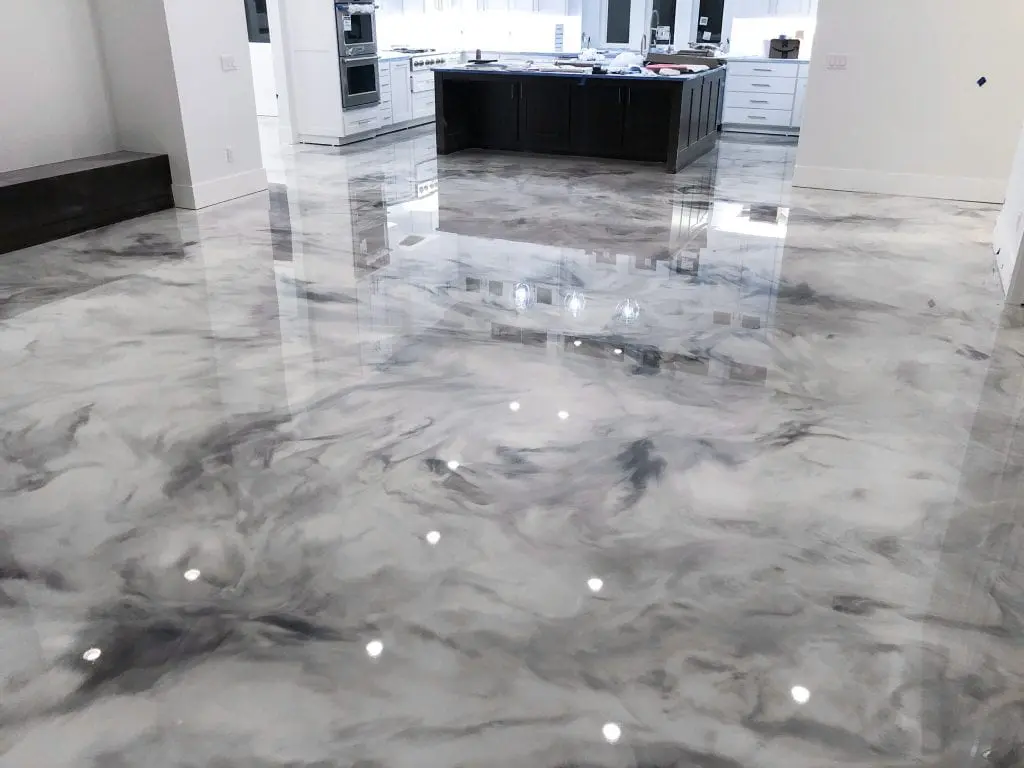
The Ultimate Guide to Epoxy Flooring: Benefits, Applications, and Installation
-

The Ultimate Guide to Level 5 Plastering: What You Need to Know
Get in touch
We’re here to answer your questions.
Have a Questions? Call us:
+16474504466
Or Email us at:
info@gmco.ca
Canada
75 Oneida Crescent , Richmond Hill
ON, L4B 0H3
Looking to get a quote?

